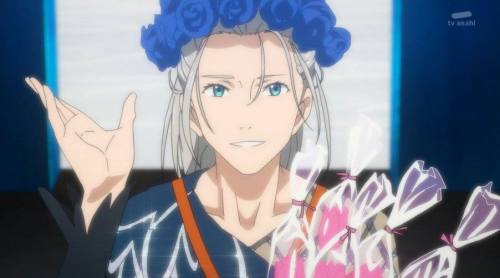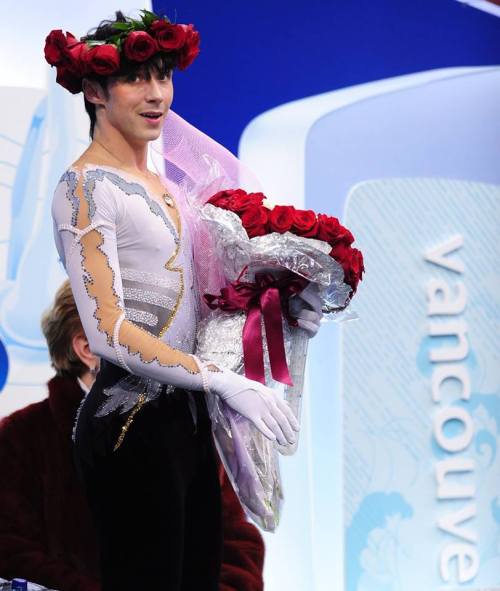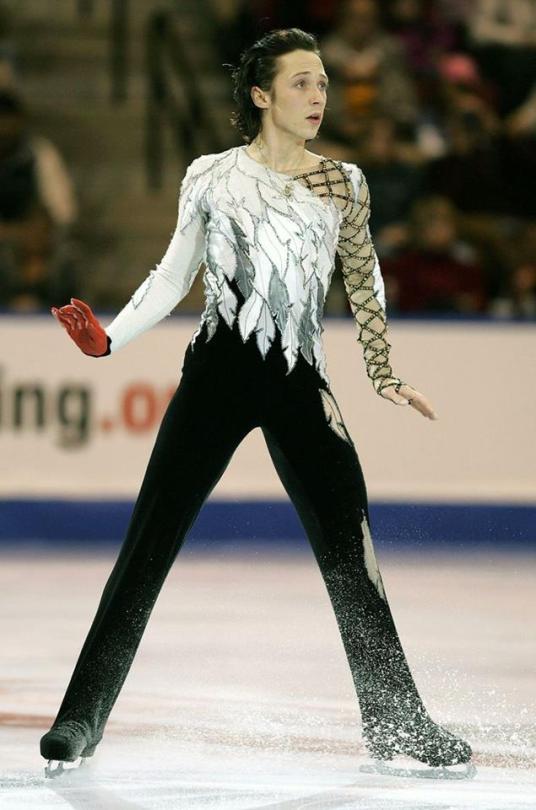Mags Talks Tarot: Turning Of The Year Spread
Mags talks Tarot: Turning of the Year spread
I created this spread to provide insight into what the outgoing year brought to my life, where I stand now, and what the coming year will bring.
I do mine on 31st October each year but it works equally as well as a New Year’s Eve spread, or a birthday spread, or at a personally significant point of the year. A proviso of mine is that I will not do this reading twice for one person within the same twelve months and personally feel that it would lose something if it was used more often, however YMMV.
This is a large spread and it usually takes me at least an hour to complete a reading, so you’ll want to make sure you’ll not be interrupted for a while if you choose to do it.

1. Where I am now in respect of my professional life. 2. Where I am now in respect of my personal life. 3. Where I am now in respect of my inner life. 4. What the past year can teach me about my professional life. 5. What the past year can teach me about my personal life. 6. What the past year can teach me about my inner life. 7. What the coming year will bring me in respect of my professional life. 8. What the coming year will bring me in respect of my personal life. 9. What the coming year will bring me in respect of my inner life. 10. Month 1 (starting with the month following the day of the reading – so for a New Year’s reading, this would be January) 11. Month 2 12. Month 3 13. Month 4 14. Month 5 15. Month 6 16. Month 7 17. Month 8 18. Month 9 19. Month 10 20. Month 11 21. Month 12
The first nine cards need no explanation as to what they are there to do, however I would say that you are at perfect liberty to change the focus of this spread if the professional/personal/inner life is not the best fit for you. I’ve also read this spread using emotionally/physically/spiritually, financially/physically/intellectually, and body/mind/spirit – it’s all about what’s important to you. Use it to look into the three things that what you want to focus on in the coming year.
The final twelve cards are intended to elucidate on the themes provided by cards 7, 8 & 9 and to give a flavour of what each month may hold. They benefit from being looked at as a group rather than taking each card in isolation. Read them as a story about your journey through the coming year!
I also recommend taking into account the balance of the spread as you read:
Major vs Minor arcana; which are there more of?
If it’s major, then the coming year is going to be a very significant one. If they are clustered in one part of the year, then it’s giving you a much more specific timeline pointer, if they are spread evenly then it may be that the whole year will be important.
In relation to the minor arcana alone …
Which suit appears the most? Which suit appears the least? Is there a suit that doesn’t appear at all?
This will give you an indication of the theme of your year and indicate which areas of your life might be neglected unless you make an effort to focus on them.
Number wise, are you getting mostly low numbers, mostly high numbers or a mix?
These can give an indication of the stage you’re at with whatever element of your life is being highlighted by the cards and give you pointers as to where you need to grow.
Are there more court cards than number cards?
If so, it may be that your life is being strongly influenced by specific people, or it might be that these represent elements of yourself that will come into play at that time, or elements that you need to focus on.
If you have a card you use as a significator* ….
Did it appear? If so where?
One interpretation is that this is the point in the year (or element of the year past/ present/ to come if it turns up in cards 1 to 9) that is going to be particularly pertinent to you. When my significator turns up in this spread I usually draw an additional clarifier card (after I’ve finished drawing the rest of the spread) for that position to identify what it is about that point in the reading that is so personal.
On that note, please don’t be afraid to pull a clarifier card if there is an area of the spread that doesn’t make sense. However do make sure that you’ve thoroughly thought about the cards you’ve drawn before you start doing so. If you look at the spread and your gut reaction is to pull a host of clarifiers please be honest with yourself as to why you’re doing it. If it isn’t that you don’t understand what the cards mean but instead that you don’t like what they’re saying, it’s better to face up to that element of the reading (and possibly set aside some time to do a separate, focused reading specifically to work through that issue) than to draw another card in the hope that it will make the problem go away.
And finally … please also remember that this reading a snapshot of the year ahead at the moment you pull the cards – not a set in stone prediction that cannot be changed. This is going to give you an idea of what may happen so that you can get ready to meet it, allowing you to seize opportunities the year may bring and prepare/guard against the not-so-good things (forewarned is forearmed, after all!). It’s a spread to help you make the best of whatever comes your way and is not supposed to create anxiety or become something to beat yourself up about.
If you use the spread, please do let me know if it helped and if you tweak it (which you’re obviously more than welcome to do) please share that too!
*A significator is a card chosen from the deck that represents either you (if you’re reading for yourself) or the questioner (if you’re reading for someone else). Some people, myself included, have a card they identify with most and thus the appearance of it can be used as an additional element in readings. If you don’t have a significator, please don’t feel that you need to choose one!
More Posts from Pixie-not and Others
self care is drinking directly from a puddle in the taco bell drive thru
When you start making a schedule for your posts and think you the bomb but you got like no followers to see your tidiness






Okay, Tumblr, we need to talk.
Listen, mermaids are not my thing. I am pretty indifferent towards them in general, but I see a lot of you in my dash posting about mermaids, so I saw this novel and even though I have just started it and I can’t tell you if it’s going to be good or not, I feel it is my civic duty to tell you it exists. Ready?

Ice Massacre, by Tiana Warner.
A book about a little island at war with a growing colony of mermaids living in the waters around them. So they send warriors to fight them, but historically men don’t do very good against that mermaid lure magic thing they do, so they decide to send a ship full of highly trained girl warriors, and the protagonist is the one Useless Lesbian™ of the ship (who, by the way, also happens to be a lady of color, like most people in the island).
Like I said, mermaids are not my thing and I have only read a few chapters, but so far it is fast-paced and action-y, with a touch of fantasy. The kind of entertaining book you read fast and easy.
Sounds good? Happy to hear it. The paperback is fifteen dollars, but it’s literally less than a fucking dollar for Kindle right now and until July the 31st, because a sequel is coming out in two days and they are having a special offer.
Now go grab your fantasy lesbian mermaid girl warrior novel or something.
I hate how my mental illnesses just suck the creativity out of me. I used to draw so often but now I’m lucky if I get one drawing out every few months. I used to love to read but I haven’t finished a book in over half a year. I love to play video games but I’m so fucking drained I don’t even want to do that anymore. I start them but never finish them.
I just want my life back.







Harry Potter marathon with the geeks
I heard that a large reason why Yuri on Ice is so popular in Japan is because of how realistic it is.
I gave it some thought, and I think that’s not restricted to Japan at all - it’s a genuine reason regardless of the nation.
I think that stems from the lack of typical anime tropes. It’s what makes the anime accessible to newcomers or to people who haven’t previously enjoyed anime. I know for a fact that many fans of YOI have never seen anime before or never enjoyed the concept of it but easily got into Yuri on Ice.
I think this is precisely the lack of anime tropes that adds to its realism and makes it easy to pick up for anyone. Of course, it’s not trope-free, not at all, but let’s list a few of the ways in which it managed to defy the popular tropes: it’s not set in high school, the characters are adults (but the life of those who aren’t isn’t centered around school), there are no annoying female characters, no female body related fanservice, doesn’t rely on the same gags repeated ad nasueam, the main character is considered “weak” because of an actual mental illness and not just being wishy washy and bland, the protagonist doesn’t always win gold (in fact, he never does, but sometimes he doesn’t even place on the podium), there are no villains and no heroes, all the characters are likeable in some way, most of the stunts they perform are imaginable in real life (even if not always 100% doable), the gay relationship isn’t passed off as a joke and doesn’t involve typical BL dynamics, the characters actively use social media (like most people these days) and change their outfits every day.
There’s even more that you could add to the list, but I think this shows enough already.
Of course, that’s not to say that Yuri on Ice features no anime tropes because it does, but they’re usually not as invasive or off-putting as in many other anime.
I think realism really is an important part of Yuri on Ice and why the anime was able to gain so many fans, especially among people who were nver particularly interested in anime as a whole. Through not pandering to otaku culture, it was able to show a natural, organic story, one that most people could relate to or at the very least imagine in real life.
I think it is really is the realism in it that struck a chord with so many people - it felt grounded in real life, presenting situations and conversations that could actually happen, as well as people (and their cultures) from all over the world, all with their strengths, weaknesses and motivations that were believable and often relatable. I personally think it was the anime that you should show to someone who thinks that anime is just flashy fights and pink-haired girls with huge breasts and tons of screaming.
Yuri on Ice was a story in anime form, but it wasn’t what you could call a ‘typical anime’ and I think that’s partly what made such success possible. Through not following usual paths set up by many popular anime and manga series, it was able to go beyond the otaku community and grab the hearts of people who would never otherwise watch anime.
-
 aerposts liked this · 1 month ago
aerposts liked this · 1 month ago -
 moonlit-dancer-13 liked this · 5 months ago
moonlit-dancer-13 liked this · 5 months ago -
 galaxyskye liked this · 5 months ago
galaxyskye liked this · 5 months ago -
 alumneia liked this · 5 months ago
alumneia liked this · 5 months ago -
 wonyglazes liked this · 5 months ago
wonyglazes liked this · 5 months ago -
 buggy-feeds liked this · 5 months ago
buggy-feeds liked this · 5 months ago -
 glarawelmagolben reblogged this · 5 months ago
glarawelmagolben reblogged this · 5 months ago -
 cozyteatime reblogged this · 5 months ago
cozyteatime reblogged this · 5 months ago -
 cozyteatime liked this · 5 months ago
cozyteatime liked this · 5 months ago -
 i2g0thxuxii liked this · 1 year ago
i2g0thxuxii liked this · 1 year ago -
 isaminion reblogged this · 1 year ago
isaminion reblogged this · 1 year ago -
 z3nko-kitsune liked this · 1 year ago
z3nko-kitsune liked this · 1 year ago -
 wherekizzialives reblogged this · 2 years ago
wherekizzialives reblogged this · 2 years ago -
 witchy-carli liked this · 2 years ago
witchy-carli liked this · 2 years ago -
 isaminion reblogged this · 2 years ago
isaminion reblogged this · 2 years ago -
 do-corvids-dream-of-crowns reblogged this · 3 years ago
do-corvids-dream-of-crowns reblogged this · 3 years ago -
 mydreamsthieved reblogged this · 3 years ago
mydreamsthieved reblogged this · 3 years ago -
 disdiealone1 liked this · 4 years ago
disdiealone1 liked this · 4 years ago -
 scottis-witching-corner reblogged this · 4 years ago
scottis-witching-corner reblogged this · 4 years ago -
 mommy-loves-you liked this · 4 years ago
mommy-loves-you liked this · 4 years ago -
 perserveperception liked this · 4 years ago
perserveperception liked this · 4 years ago -
 juny-in-the-citycounty reblogged this · 4 years ago
juny-in-the-citycounty reblogged this · 4 years ago -
 crowanddragon liked this · 4 years ago
crowanddragon liked this · 4 years ago -
 discofaery liked this · 4 years ago
discofaery liked this · 4 years ago -
 glarawelmagolben reblogged this · 4 years ago
glarawelmagolben reblogged this · 4 years ago -
 sensiblebutch liked this · 5 years ago
sensiblebutch liked this · 5 years ago -
 gandalfsmagick555 reblogged this · 5 years ago
gandalfsmagick555 reblogged this · 5 years ago -
 gandalfsmagick555 liked this · 5 years ago
gandalfsmagick555 liked this · 5 years ago -
 knxresource reblogged this · 5 years ago
knxresource reblogged this · 5 years ago -
 wherekizzialives reblogged this · 5 years ago
wherekizzialives reblogged this · 5 years ago -
 wynter-blaze liked this · 5 years ago
wynter-blaze liked this · 5 years ago -
 silenea liked this · 5 years ago
silenea liked this · 5 years ago -
 esdeear liked this · 5 years ago
esdeear liked this · 5 years ago -
 glarawelmagolben reblogged this · 5 years ago
glarawelmagolben reblogged this · 5 years ago -
 friendly-neighbourhood-witch reblogged this · 5 years ago
friendly-neighbourhood-witch reblogged this · 5 years ago -
 friendly-neighbourhood-witch liked this · 5 years ago
friendly-neighbourhood-witch liked this · 5 years ago -
 cr0wtesque reblogged this · 5 years ago
cr0wtesque reblogged this · 5 years ago -
 xepmen liked this · 5 years ago
xepmen liked this · 5 years ago -
 shootingstar-fallingsoftly liked this · 5 years ago
shootingstar-fallingsoftly liked this · 5 years ago -
 malditagordita reblogged this · 6 years ago
malditagordita reblogged this · 6 years ago -
 malditagordita liked this · 6 years ago
malditagordita liked this · 6 years ago

